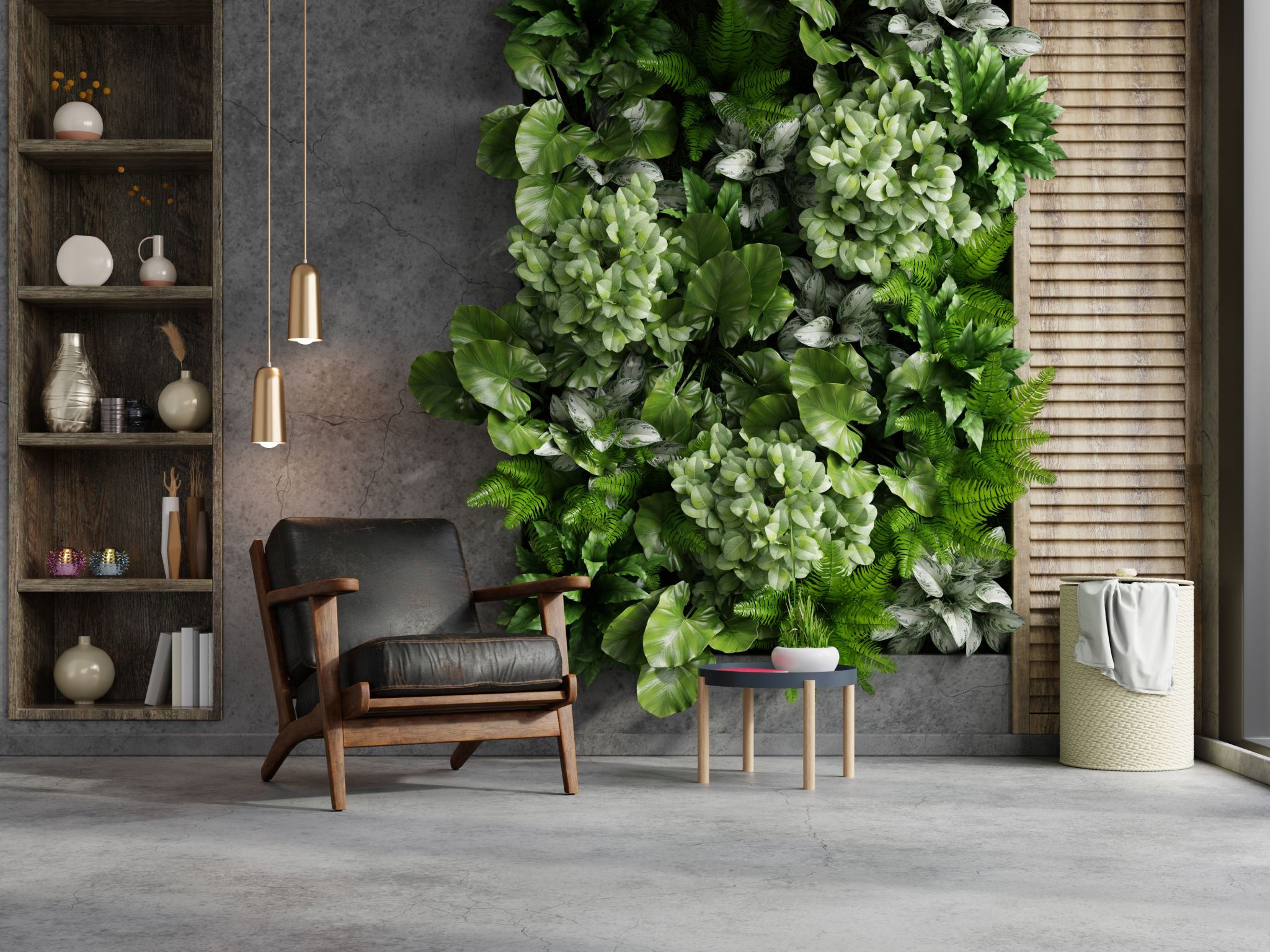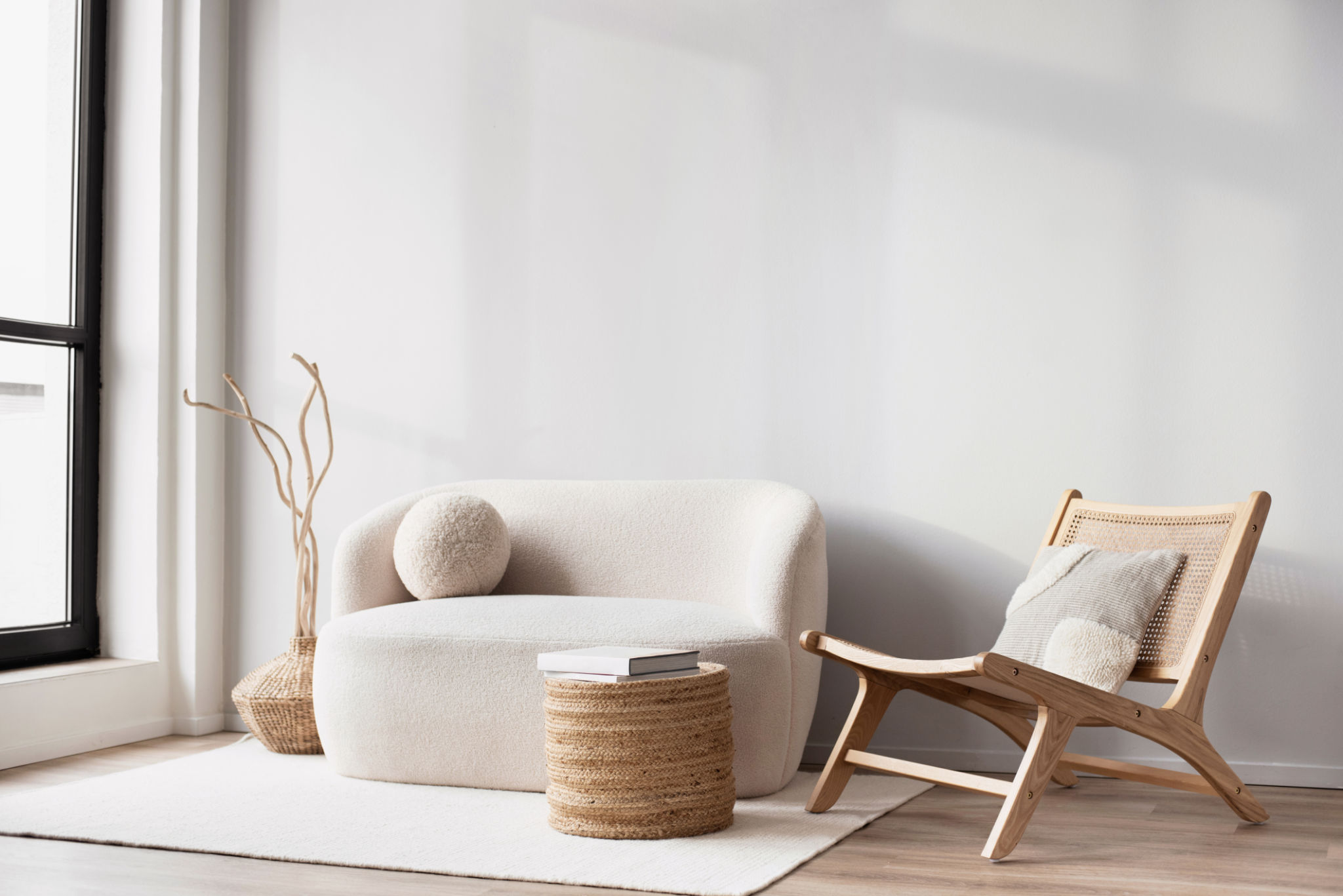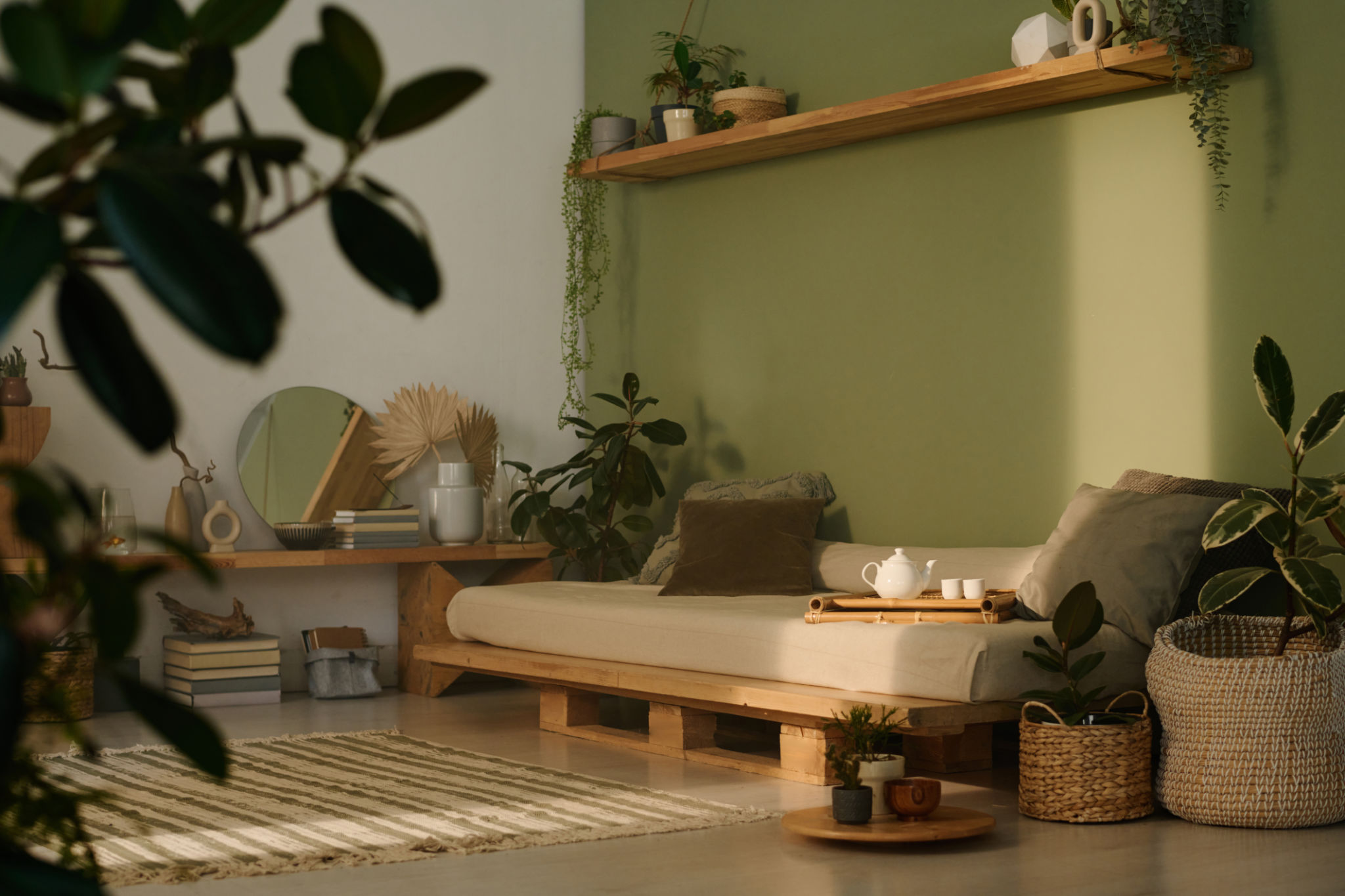The Future of Interior Design: Trends in Côte d'Ivoire You Need to Know
AA
Embracing Sustainability in Design
In Côte d'Ivoire, the future of interior design is increasingly defined by a strong emphasis on sustainability. Designers are exploring eco-friendly materials and practices to create spaces that are not only aesthetically pleasing but also environmentally responsible. This trend reflects a growing global awareness about the impact of design choices on the planet.
Natural materials such as bamboo, reclaimed wood, and locally sourced stone are being used more frequently. These materials not only reduce the carbon footprint of construction and interior design but also bring a touch of organic beauty and authenticity to living spaces. Additionally, energy-efficient lighting and smart home technologies are being integrated into designs, allowing homeowners to reduce energy consumption significantly.

The Rise of Minimalism
Minimalism has become a defining characteristic of modern interior design in Côte d'Ivoire. This trend focuses on simplicity, functionality, and the use of neutral color palettes. By reducing clutter and emphasizing clean lines, minimalism creates calming environments that are both stylish and efficient.
This approach is particularly popular among urban dwellers seeking to make the most of limited space. Multifunctional furniture pieces, such as foldable tables and convertible sofas, are gaining traction as they offer flexibility without compromising on style. Additionally, the use of mirrors and strategic lighting can enhance the sense of space in smaller rooms.

Afrocentric Influences
A significant trend shaping the future of interior design in Côte d'Ivoire is the incorporation of Afrocentric elements. Designers are drawing inspiration from traditional Ivorian art, textiles, and motifs to create interiors that celebrate the rich cultural heritage of the region.
Patterns and colors inspired by local crafts and tribal art are being used to add vibrancy to modern spaces. Whether through bold accent walls or intricately designed textiles, these elements bring a unique character and warmth to interiors. This fusion of modern design with traditional elements pays homage to Côte d'Ivoire's cultural identity while creating spaces that are truly one-of-a-kind.

Technological Integration
The rapid advancement of technology is reshaping interior design in Côte d'Ivoire. Smart homes equipped with automated systems for lighting, security, and climate control are becoming more common. This integration enhances convenience and efficiency while offering homeowners greater control over their living environments.
Virtual reality (VR) and augmented reality (AR) technologies are also being utilized in the design process, allowing clients to visualize spaces before they are built or renovated. This not only streamlines the design process but also ensures that the final result aligns with the client's vision.
Biophilic Design
Biophilic design, which emphasizes a connection with nature, is gaining popularity in Côte d'Ivoire. This approach involves incorporating natural elements such as plants, water features, and natural light into interior spaces to promote well-being and harmony.
Studies have shown that biophilic design can improve mood, reduce stress, and increase productivity. As urbanization continues to rise, creating a link to nature within indoor environments is becoming increasingly important. Whether through vertical gardens or indoor water fountains, these elements can transform interiors into tranquil retreats.

Conclusion: A Bright Future for Interior Design
The future of interior design in Côte d'Ivoire is vibrant and dynamic, characterized by a blend of sustainability, minimalism, cultural influences, technological advancements, and biophilia. As designers continue to innovate and adapt to changing preferences and environmental needs, the interiors of tomorrow promise to be both beautiful and responsible. With these trends in mind, Côte d'Ivoire is set to make a significant mark on the global stage of interior design.
